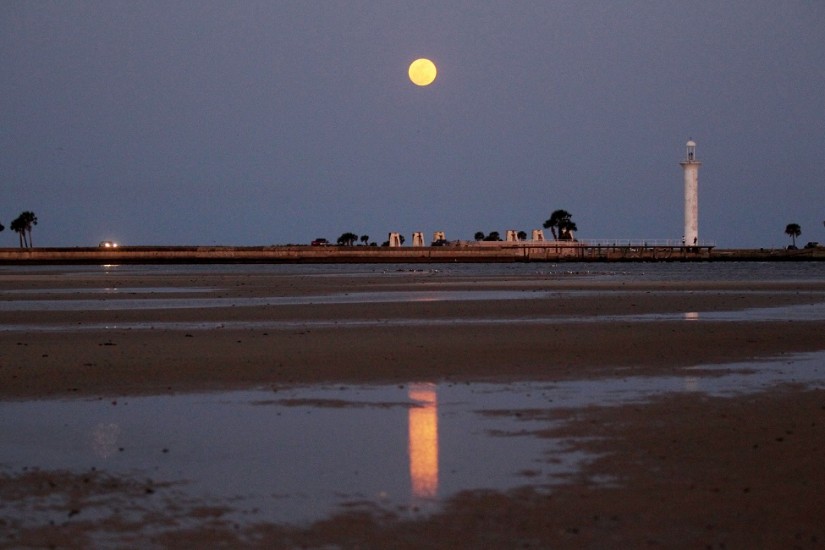Not quite a year before the famous sit-in in Greensboro, N.C., became a civil-rights milestone, activists in Biloxi, Miss., decided to tackle segregation in a place that required more than sitting: the ocean.
On May 14, 1959, several Biloxi residents — led by Dr. Gilbert Mason — staged a "wade-in" to protest the segregated Gulf Coach beach. As Mason would later write in his book Beaches, Blood, and Ballots: A Black Doctor's Civil Rights Struggle, that first 1959 wade-in "marked the beginning of Mississippi's first nonviolent civil disobedience campaign."
Other wade-ins would follow, though it would take about a decade for a judge to declare that the beach had to be open to all. Now, a project that commemorates those wade-ins has been named one of the winning ideas in the annual Knight Cities Challenge, a $5 million competition that awards ideas to improve cities. The 2017 crop, announced this week, includes the Gulf Coast Community Design Studio's concept for a public project that creates spaces on the beaches of Biloxi for citizens to meet where the protests took place, and for a pop-up event at which witnesses and others will discuss the wade-in as well as modern issues of race in community.
"I suspect [the wade-ins] sort of got overshadowed by some of the activities that followed later," David Perkes, director of the Design Studio. "But they established a public beach that's still important on the Gulf Coast."
Not that the wade-ins progressed easily. As the National Park Service explains in its overview of civil rights in public accommodations, the police officer that informed Mason and his fellow waders in 1959 that he was removing them from the beach because “a municipal ordinance prevented blacks from using the beach reserved exclusively for whites” was wrong. There wasn’t any law to that effect, but local law enforcement and homeowners worked together to enforce segregation on the beaches. And they did so violently, especially following a wade-in on April 24, 1960, as TIME reported shortly after:
With the coming of the South’s sultry summer, Negroes intend to turn the heat on a new front in their campaign against segregation. Sit-ins at segregated lunch counters will give way to “wade-ins” at segregated public beaches. “Negroes get hot just like white people do,” said the N.A.A.C.P.’s Executive Secretary Roy Wilkins in announcing the new tactic last week. “They like to swim to cool off, and intend to do it this summer.”
